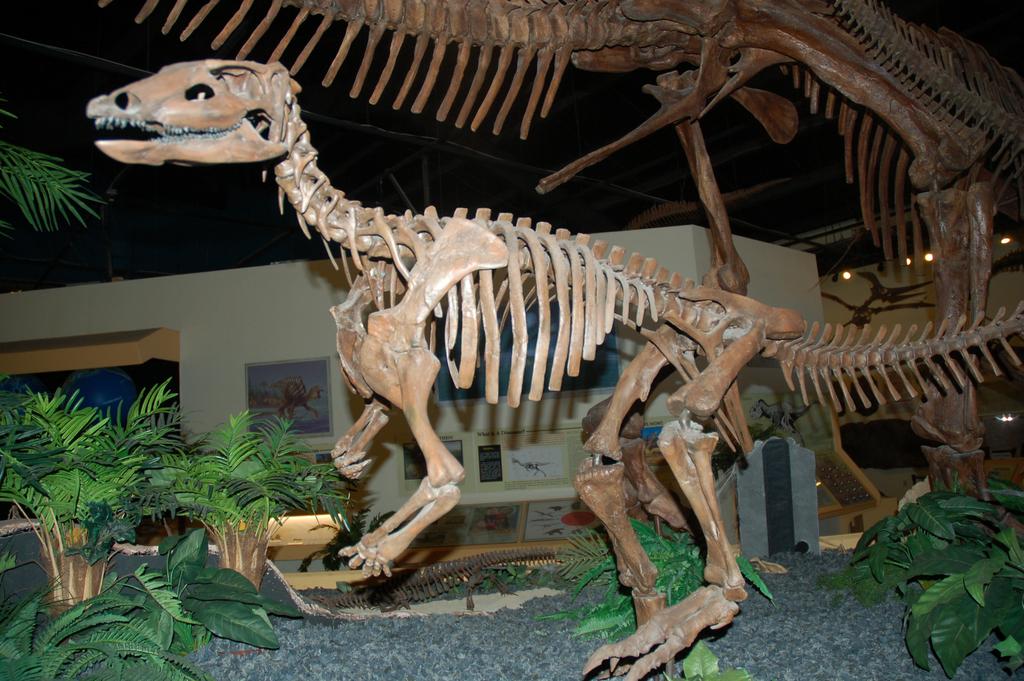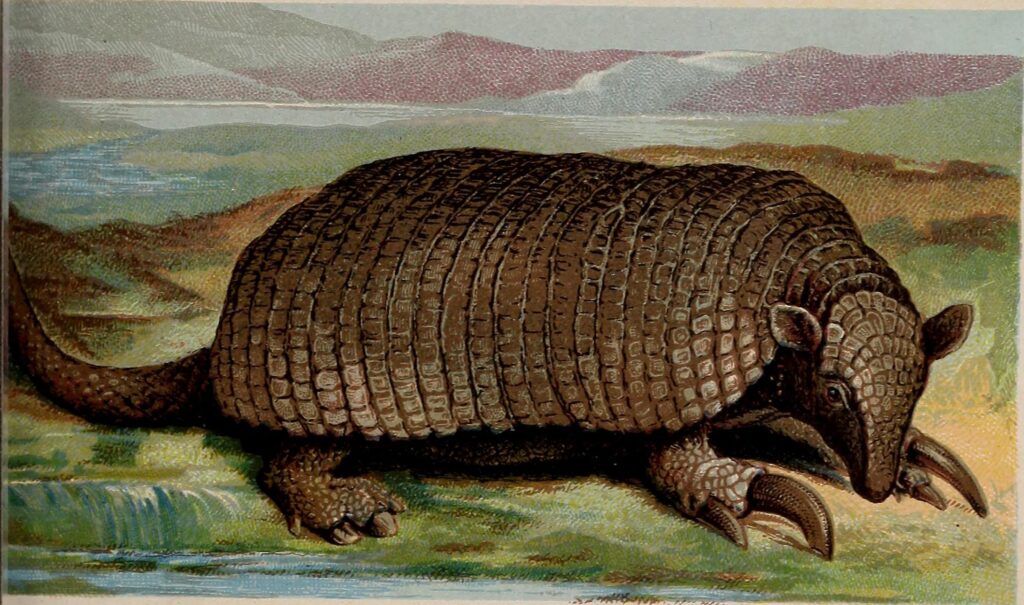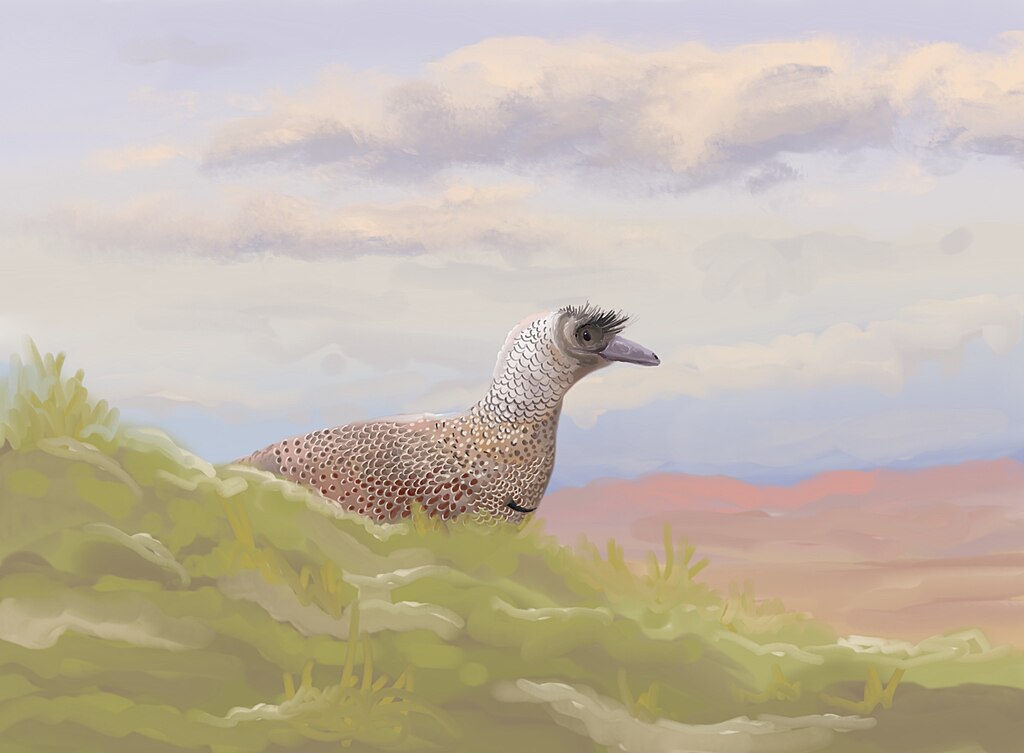The discovery of fossils represents one of the most tangible connections to Earth’s distant past, offering invaluable insights into extinct species and ancient ecosystems. While many fossil discoveries result from methodical scientific expeditions, some of the most significant finds throughout history have occurred entirely by accident. When construction workers unearth dinosaur bones while excavating a building foundation, or when children stumble upon ancient remains during play, fascinating questions of credit, ownership, and scientific attribution arise. This complex intersection of chance, science, and recognition involves various stakeholders including the accidental discoverers, professional paleontologists, landowners, and institutions. The attribution of credit for such discoveries raises important questions about the relationship between professional science and public participation in scientific advancement.
The Accidental Nature of Many Significant Fossil Discoveries
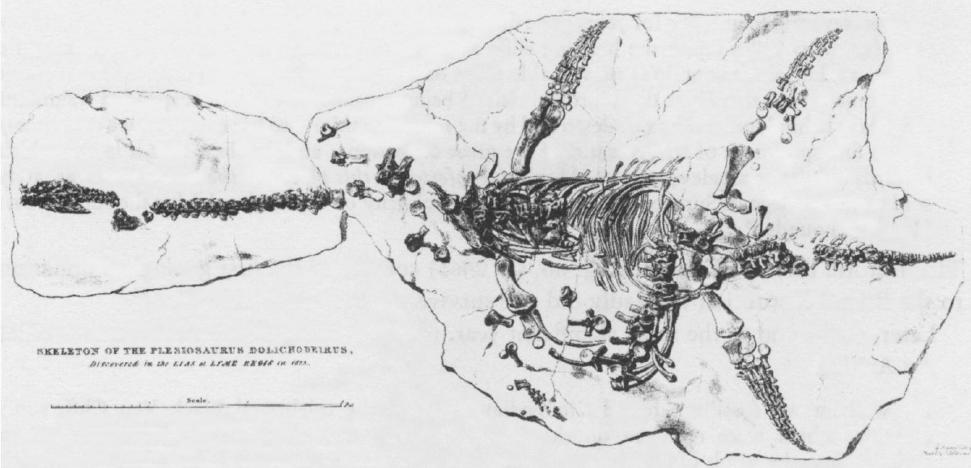
Throughout paleontological history, chance encounters have repeatedly led to groundbreaking discoveries. The first recognized dinosaur fossils in North America were found in 1858 by William Parker Foulke, who was vacationing in Haddonfield, New Jersey, when he heard about large bones discovered by farm workers digging in a marl pit. Mary Anning, now celebrated as a pioneering paleontologist, began her career after her brother spotted what would later be identified as an ichthyosaur skull protruding from a cliff face. More recently, in 2000, a nine-year-old boy named Michael Detrich discovered a 65-million-year-old dinosaur while hiking with his family in the Hell Creek Formation of Montana. These serendipitous findings highlight how scientific progress often advances through unexpected channels rather than following predictable, methodical paths. Such accidental discoveries represent a significant portion of our fossil record, with estimates suggesting that between 30-40% of major fossil finds have occurred through chance encounters rather than planned excavations.
Legal Frameworks Governing Fossil Discovery

The question of who receives credit for accidental fossil discoveries is partially governed by legal frameworks that vary significantly across countries and jurisdictions. In the United States, fossils found on private land typically belong to the landowner, who may choose to sell, keep, or donate the specimens. This policy differs dramatically from countries like Argentina, China, and Mongolia, where fossils are considered national property regardless of where they’re discovered. The Antiquities Act of 1906 established that fossils found on federal lands in the United States belong to the public and must be preserved for scientific study. The Paleontological Resources Preservation Act of 2009 further strengthened protections for fossils on public lands, while also acknowledging the importance of amateur and chance discoveries by establishing protocols for reporting such finds. These legal frameworks create the foundation upon which questions of credit allocation must be navigated, often requiring delicate balancing of private property rights against the public scientific value of paleontological discoveries.
The Role of Accidental Discoverers in Scientific Progress
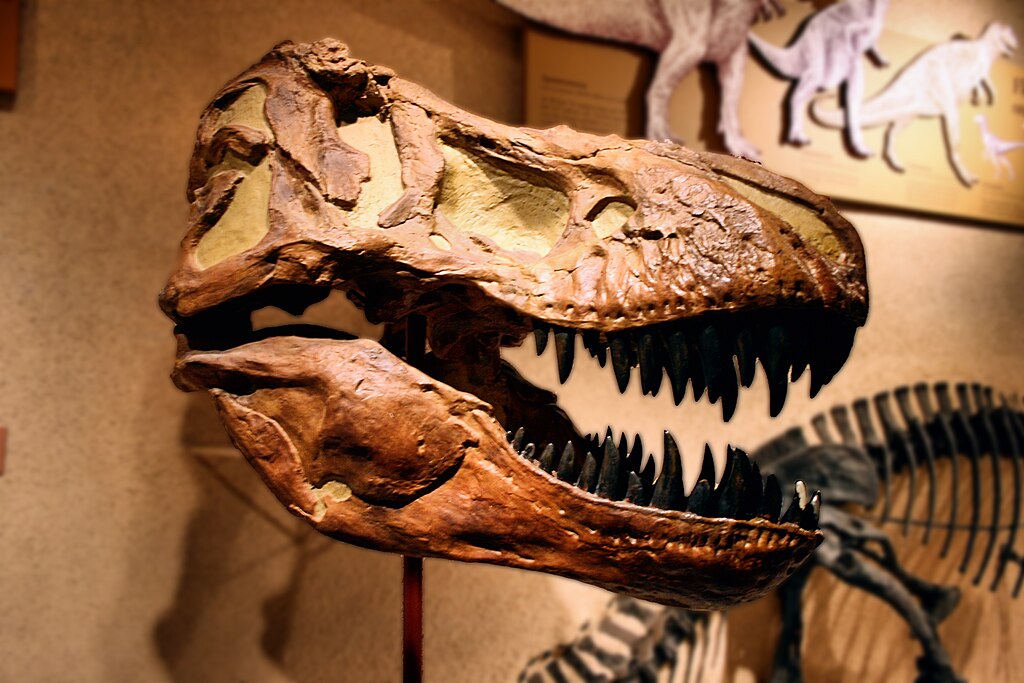
Accidental discoverers play a crucial but often underappreciated role in advancing paleontological knowledge. Their untrained eyes have repeatedly spotted what professionals might have missed, particularly in areas not targeted for formal excavation. The story of Alberta farmer Peter Kaisen, who in 1909 discovered a Albertosaurus bone while retrieving water from a riverbank, led to the excavation of over 30 specimens from what became known as the Albertosaurus bone bed, revolutionizing our understanding of tyrannosaur social behavior. Similarly, the 1978 discovery of dinosaur eggs by farmers in Provence, France, opened entirely new avenues of research into dinosaur reproductive biology. These citizen contributions to science demonstrate how the democratization of discovery creates valuable partnerships between the public and scientific communities. Rather than viewing accidental discoverers as mere triggers for “real” scientific work, many paleontologists now recognize them as essential collaborators in the scientific enterprise, worthy of acknowledgment and, in many cases, co-authorship on resulting publications.
Scientific Attribution Practices in Paleontology
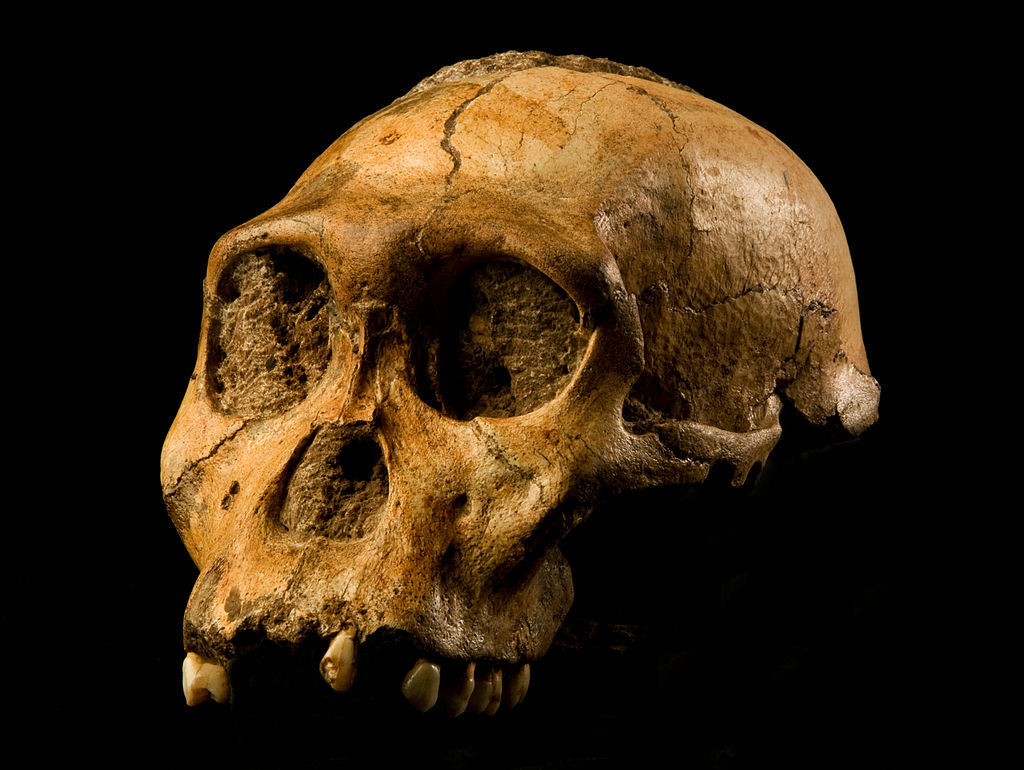
Scientific attribution in paleontology follows formal conventions that have evolved significantly in recent decades to better acknowledge non-professional contributions. When a fossil is scientifically described, the standard practice includes naming the discoverer in the publication, though the depth of this acknowledgment varies widely. In taxonomic naming, the discoverer may be honored through the species name itself—as with Australopithecus sediba, named by Lee Berger partly to honor his son Matthew who discovered the first specimen. Modern scientific publications increasingly include accidental discoverers as co-authors rather than merely mentioning them in acknowledgments, particularly when they’ve participated in subsequent research activities. The Society of Vertebrate Paleontology’s ethics guidelines now explicitly recommend appropriate credit for all contributors to fossil discoveries, regardless of professional status. Despite these positive trends, inconsistencies remain, with some institutions and researchers still minimizing the contributions of amateur and accidental discoverers, particularly when the individuals come from marginalized communities or lack formal scientific credentials.
The “Professional vs. Amateur” Divide in Fossil Recognition
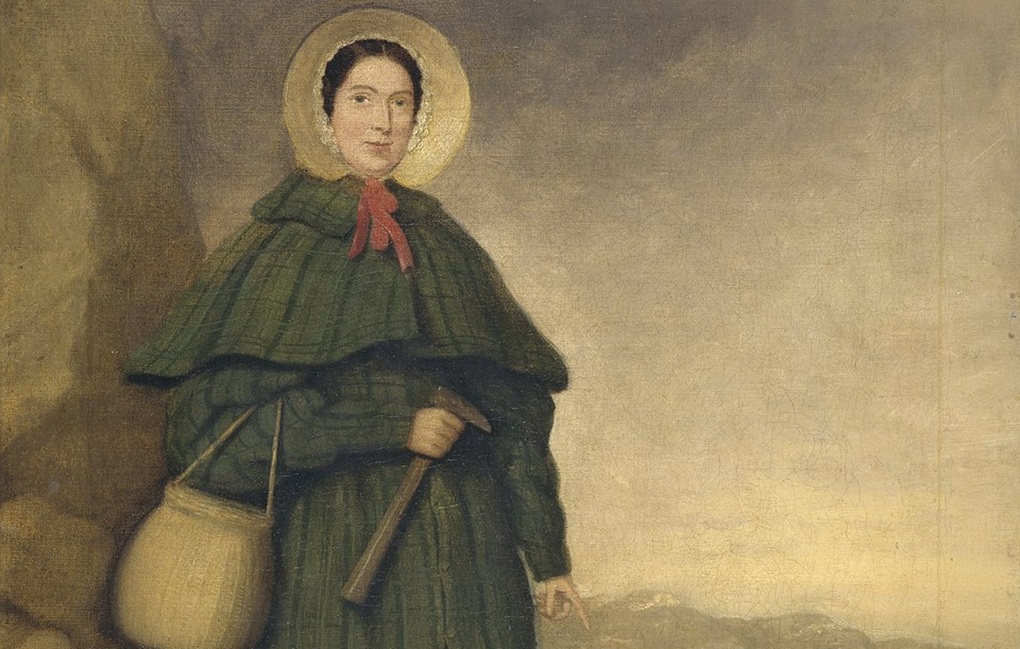
A persistent tension exists between professional paleontologists and amateur or accidental discoverers regarding recognition and credit. Historical examples abound of professionals dismissing or minimizing amateur contributions, as famously happened with Mary Anning in the 19th century, whose groundbreaking discoveries were often published by male scientists without proper attribution. This professional gatekeeping stems partly from legitimate concerns about proper specimen handling and documentation, but also reflects status hierarchies within scientific communities. The cultural divide between academic science and public participation has gradually narrowed, with many professional paleontologists now actively collaborating with amateur fossil hunters through citizen science programs. Organizations like the Paleontological Society have established specific awards recognizing amateur contributions, helping bridge this historical divide. Nevertheless, accidental discoverers without scientific backgrounds still frequently report feeling sidelined once professionals become involved, particularly when media attention focuses exclusively on the scientists who study the fossils rather than those who found them.
Media Portrayal and Public Recognition

Media coverage of fossil discoveries heavily influences public perception of who deserves credit, often creating simplified narratives that favor either dramatic accidental discovery stories or the authority of scientific expertise. News headlines frequently emphasize the serendipitous nature of accidental finds with phrases like “10-Year-Old Boy Stumbles Upon Million-Year-Old Fossil,” generating public interest through the element of chance. Conversely, subsequent coverage often shifts entirely to the scientists studying the specimens, with the original discoverers fading from the narrative. This media pattern reflects broader societal tendencies to initially celebrate “everyday heroes” before deferring to established scientific authorities. The consequences of these representational patterns extend beyond mere recognition, potentially discouraging public participation in paleontological reporting when people perceive their contributions will be undervalued. More balanced media approaches are emerging, with some outlets consciously maintaining the accidental discoverer as a central character throughout the scientific investigation narrative, demonstrating how chance discovery and rigorous research form complementary parts of the same scientific story.
Indigenous Perspectives and Colonial Histories
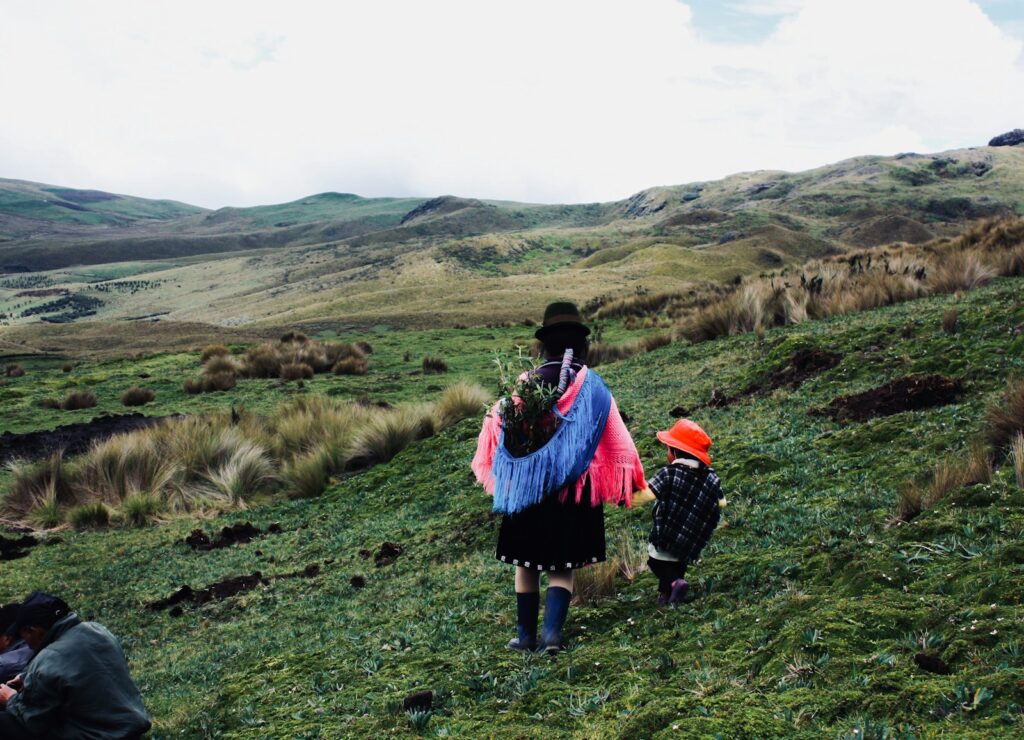
The question of credit for fossil discoveries cannot be separated from colonial histories and indigenous knowledge systems that have frequently been overlooked in Western scientific discourse. Many indigenous communities worldwide had long-standing awareness of fossil locations and had incorporated these ancient remains into their cultural knowledge systems before Western scientists “discovered” them. The famous Como Bluff dinosaur quarries in Wyoming, “discovered” in 1877, had been known to local Native American tribes for generations. Similarly, Aboriginal Australians had integrated megafauna fossil sites into their Dreamtime stories long before European paleontologists documented these specimens. The historical erasure of indigenous knowledge represents a significant ethical issue in attribution practices. Progressive museums and research institutions have begun implementing consultation protocols with indigenous communities when fossils are discovered on traditional lands, ensuring proper acknowledgment of traditional knowledge. These evolving practices attempt to reconcile colonial scientific legacies with more inclusive and historically accurate attribution systems that recognize the multiple knowledge frameworks contributing to our understanding of the fossil record.
Financial Considerations and Commercial Markets

The financial value of significant fossil specimens introduces additional complexity to questions of credit and recognition. The commercial fossil market creates powerful incentives that sometimes conflict with scientific interests, as exemplified by the sale of “Sue,” the Tyrannosaurus rex specimen discovered by amateur paleontologist Sue Hendrickson, which sold for $8.36 million in 1997. Accidental discoverers on private land often face difficult decisions about whether to seek financial compensation or donate specimens to scientific institutions. Some paleontologists argue that commercialization undermines proper scientific study, while others acknowledge that financial incentives can motivate reporting of discoveries that might otherwise remain hidden. Various compensation models have emerged to balance these interests, including finder’s fees paid by museums, shared ownership arrangements, and tax benefits for donated specimens. The financial dimension of fossil discovery credit extends beyond immediate monetary compensation to include long-term economic impacts such as tourism development around significant fossil sites, which can provide sustainable financial benefits to local communities while preserving scientific access.
Case Studies: Famous Accidental Discoveries and Their Attribution

Examining specific cases reveals the varied approaches to credit attribution in accidental fossil discoveries. The 1990 discovery of “Sue” the T. rex by amateur paleontologist Sue Hendrickson led to prolonged legal battles over ownership before ultimately being purchased by the Field Museum with corporate sponsorship. While Hendrickson received name recognition, she had no control over the specimen’s ultimate disposition. Contrast this with the case of Tyler Lyson, who as a teenager discovered an exceptional dinosaur specimen on his family’s North Dakota property in 1999. Lyson maintained control of the specimen, pursued paleontology education, and eventually published scientific descriptions of his find as lead author. In 2009, nine-year-old Matthew Berger’s discovery of Australopithecus sediba while accompanying his father on a research expedition resulted in his acknowledgment in scientific publications and his name being incorporated into the species designation. These divergent outcomes illustrate how factors including land ownership, professional relationships, age of the discoverer, and institutional policies all influence attribution practices, creating a complex landscape of recognition patterns rather than a standardized approach.
Institutional Policies and Museum Practices

Museums and research institutions have developed varying policies regarding the recognition of accidental discoverers in their exhibitions and public communications. Progressive institutions like the Natural History Museum of Los Angeles County have implemented formal policies ensuring that accidental discoverers are prominently featured in exhibition materials alongside scientific interpreters. Their “Accidental Discoveries Gallery” specifically celebrates the role of chance and public participation in advancing paleontological knowledge. Other institutions maintain more traditional approaches that prioritize scientific interpretation with minimal reference to discovery circumstances. Exhibition labels represent a particularly important attribution site, with word count limitations often forcing curatorial decisions about whose contributions to highlight. Some museums have adopted QR codes linking to more detailed discovery narratives as a technological solution to space constraints. These institutional practices significantly impact public understanding of how science advances, either reinforcing perceptions of science as an exclusive professional domain or demonstrating its collaborative nature across professional boundaries.
Evolving Best Practices in Attribution
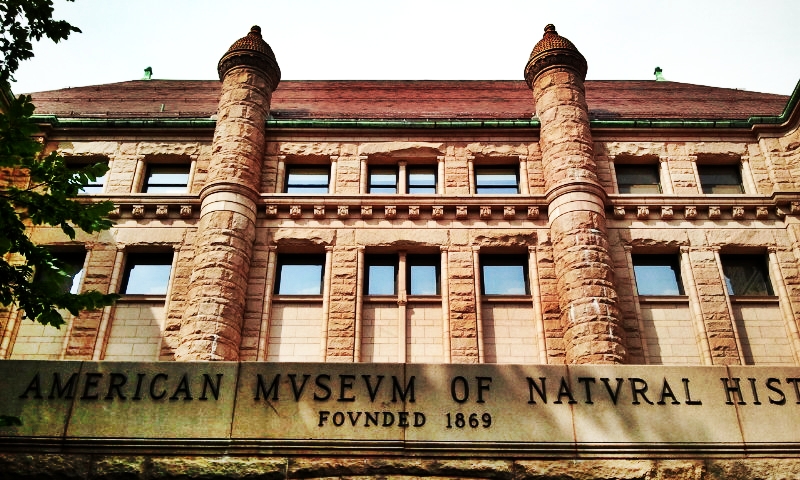
In response to historical inequities in attribution, paleontological communities have begun developing more formal best practices for crediting accidental discoveries. The Society of Vertebrate Paleontology now recommends specific guidelines including: mandatory acknowledgment of discoverers in scientific publications regardless of their professional status; invitation of discoverers to participate in excavation when appropriate; providing discoverers with copies of resulting publications; and considering co-authorship when discoverers contribute substantively to research beyond the initial find. Leading institutions like the American Museum of Natural History have established formal “Finder’s Rights” policies that guarantee recognition through exhibition credits, acknowledgment in publications, and naming rights in certain circumstances. Digital repositories like the Paleobiology Database have expanded their metadata fields to better document discovery circumstances and participants. These evolving practices represent a significant shift toward more inclusive recognition systems that acknowledge the distributed nature of scientific discovery while maintaining rigorous standards for scientific interpretation. By formalizing these practices, the field works to ensure more consistent and equitable attribution regardless of discoverer background or institutional affiliation.
Educational Opportunities and Public Engagement

Accidental fossil discoveries create unique educational opportunities that can bridge the gap between professional science and public understanding. When properly credited, these discoveries demonstrate that scientific participation is accessible to people of all backgrounds, potentially inspiring increased public engagement with paleontology. Many museums have developed specific educational programs around chance discoveries, such as the Denver Museum of Nature and Science’s “Accidental Paleontologist” workshops that teach participants how to recognize, document, and report potential fossil finds. The Montana Dinosaur Center established a successful educational model that invites accidental discoverers to participate in the excavation and preparation of their finds under professional guidance, providing both recognition and skill development. Digital platforms like FossilFinder and DigiMorph enable broader public participation in fossil identification while maintaining clear attribution chains for contributors. These educational approaches transform questions of credit into opportunities for deeper engagement, creating stronger connections between scientific institutions and the communities they serve while ensuring discoverers receive appropriate recognition for their contributions to our collective knowledge.
The Future of Fossil Discovery Attribution

As technology transforms how fossils are discovered and documented, attribution practices continue to evolve. The increasing use of drone surveys, LIDAR mapping, and artificial intelligence in fossil identification raises new questions about credit allocation when technology rather than human observation identifies potential specimens. Blockchain-based provenance tracking has been proposed as a potential solution for maintaining transparent attribution chains from discovery through publication. Citizen science platforms are developing increasingly sophisticated recognition systems that document and credit public contributions while integrating them with professional research. The paleontological community’s growing commitment to open science principles, including open access publication and public data repositories, creates new opportunities for more inclusive recognition practices. These technological and cultural shifts suggest a future where fossil discovery credit might become more distributed, transparent, and accessible, potentially transforming traditional hierarchies of scientific recognition. As these systems develop, maintaining focus on the human relationships and ethical considerations underlying attribution practices remains essential to ensuring equitable recognition across the diverse community of contributors to paleontological knowledge.
Conclusion: Balancing Recognition in the Scientific Process
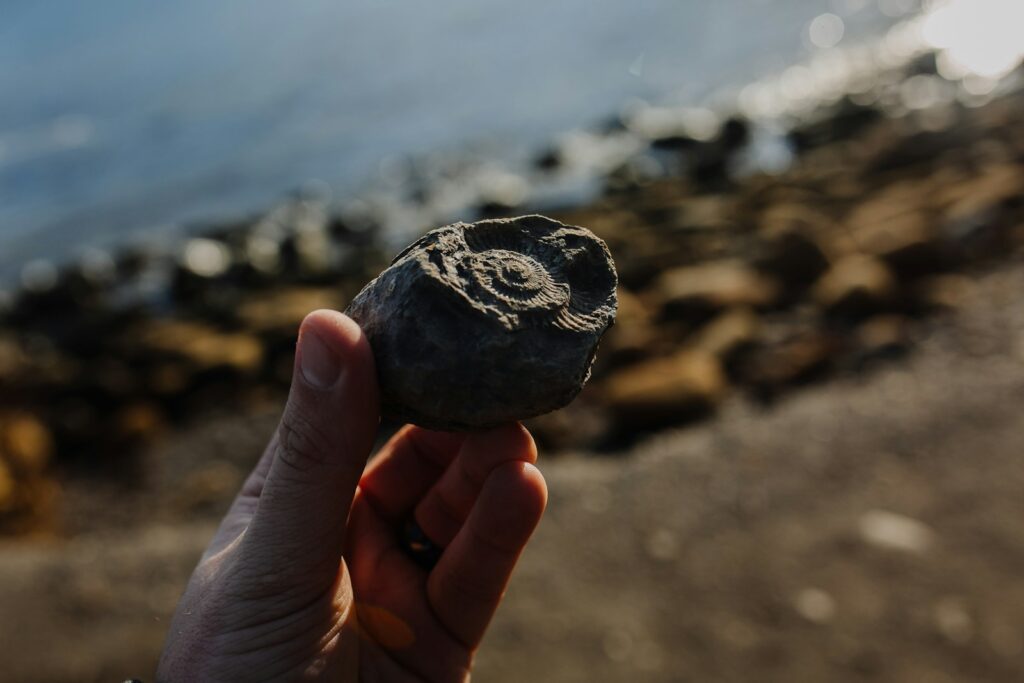
The question of who receives credit for accidental fossil discoveries highlights broader tensions between chance and methodology, between professional expertise and public participation, and between discovery and interpretation in scientific advancement. The most productive approaches recognize that meaningful scientific progress emerges from the integration of these seemingly opposing forces rather than privileging one over another. Proper attribution practices acknowledge the essential role of chance discoveries while respecting the equally important contributions of scientific training and methodological rigor. As paleontology continues to develop more inclusive attribution models, the field sets an example for how science can honor diverse contributions while maintaining its commitment to rigorous analysis and interpretation. The most successful attribution systems recognize that fossils themselves represent a shared natural heritage, with credit for their discovery and interpretation distributed across a community of contributors spanning professional boundaries, generational divides, and cultural perspectives. Through thoughtful attention to these attribution questions, paleontology strengthens both its scientific practices and its connections to the broader public whose curiosity and engagement ultimately sustain scientific inquiry.

